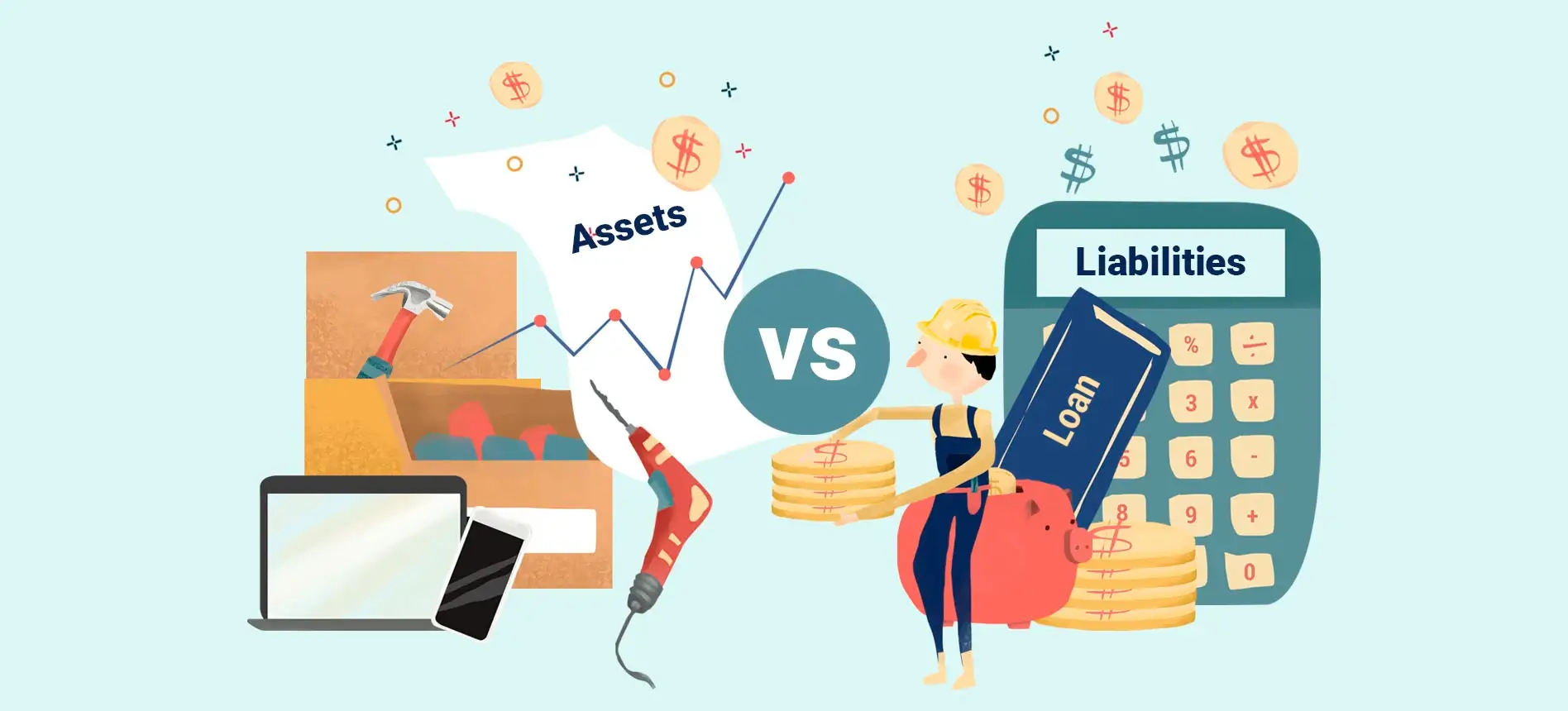Navigating Financial Terrain: Unveiling the Essence of Liabilities
In the intricate realm of finance, liabilities emerge as crucial components that shape the financial landscape for individuals and businesses alike. This comprehensive exploration endeavors to demystify the intricate world of liabilities, from their fundamental definition to their role in financial operations.

Decoding Liabilities: A Fundamental Overview
At its core, a liability encapsulates something that a person or company owes, often in the form of a sum of money. Liabilities represent obligations that are settled over time through the transfer of economic benefits, be it money, goods, or services. Positioned on the right side of the balance sheet, liabilities serve as markers of financial responsibilities.
Liabilities encompass a diverse array of financial obligations, including loans, accounts payable, mortgages, deferred revenues, bonds, warranties, and accrued expenses. These obligations, whether short-term or long-term, play a pivotal role in defining an entity’s financial health.
Unraveling the Dynamics: How Liabilities Operate
Liabilities in Action
In essence, a liability represents an unfinished or unpaid obligation between two parties. In the world of accounting, financial liabilities are intricately tied to past business transactions, events, sales, or exchanges of assets and services. They signify a commitment to deliver economic benefits at a later date.
Liabilities are categorized into current and non-current based on their temporality. Current liabilities, expected to conclude within a year, contrast with non-current liabilities, extending beyond the 12-month horizon. This temporal classification helps gauge the urgency and duration of financial obligations.
Significance of Liabilities for Companies
For companies, liabilities hold immense significance as they serve as the financial bedrock for operations and expansions. By utilizing liabilities, businesses can efficiently finance their day-to-day operations and undertake substantial expansions. Consider a scenario where a wine supplier delivers a case of wine to a restaurant; instead of demanding immediate payment, the supplier invoices the restaurant, streamlining the transaction and facilitating smoother payment processes.
The money owed by the restaurant to the wine supplier becomes a liability for the former and an asset for the latter. This interplay between liabilities and assets exemplifies how financial transactions between businesses are facilitated, contributing to operational efficiency.
Different Facets of Liabilities
Liabilities Beyond Financial Transactions
Beyond the financial realm, liability, in a broader sense, implies a state of responsibility. This could range from financial responsibilities such as property taxes owed to a municipal government or income tax owed to the federal government. Even the sales tax collected by a retailer represents a liability until remitted to the appropriate authorities.
Liability also extends to potential damages in a civil lawsuit, highlighting the diverse scenarios where individuals or entities may find themselves responsible for certain outcomes.
Categorizing Liabilities: Current vs. Non-Current
Current (Near-Term) Liabilities
Current liabilities are obligations payable within one year and encompass a spectrum of financial commitments. Examples include:
Wages Payable: Accrued income for employees not yet received, subject to frequent changes.
Interest Payable: Reflects interest on short-term credit purchases.
Dividends Payable: Amount owed to shareholders after a declared dividend.
Unearned Revenues: Liabilities to deliver goods or services after receiving advance payment.
Liabilities of Discontinued Operations: Accounting for the financial impact of operations held for sale or recently sold.
Non-Current (Long-Term) Liabilities
Liabilities falling beyond the one-year horizon are categorized as non-current. Examples include:
Long-Term Debt: Major liabilities often represented by bonds payable.
Warranty Liability: Estimates for potential product repair costs covered by warranties.
Contingent Liability Evaluation: Obligations contingent on uncertain future events.
Post-Employment Benefits: Benefits accrued for employees upon retirement.
Unamortized Investment Tax Credits (UITC): Net between an asset’s historical cost and depreciated amount.
Liabilities in the Financial Landscape
Liabilities vs. Assets
Assets represent what a company owns or is owed, including tangible and intangible items. The relationship between assets, liabilities, and equity is encapsulated in the accounting equation:
Assets=Liabilities+EquityAssets=Liabilities+Equity
This equation underscores the delicate balance between what a company owns, owes, and the residual interest of its owners or stockholders.
Liabilities vs. Expenses
Liabilities are distinct from expenses, which represent the costs incurred in operations to generate revenue. While expenses impact net income, liabilities represent obligations and debts. Expenses and liabilities are listed on different financial statements—expenses on the income statement and liabilities on the balance sheet.
Understanding Liabilities through Practical Examples
Example: AT&T’s 2020 Balance Sheet
Examining AT&T’s 2020 balance sheet provides a practical illustration of liabilities in a corporate context. Current liabilities, such as bank debt maturing in less than a year, serve as operational capital, while long-term liabilities, including long-term debt and post-employment benefits, exemplify ongoing financial commitments.
Unveiling the Nature of Liabilities for Individuals and Households
For individuals and households, liabilities form a significant part of net worth calculations. Liabilities include taxes due, bills, rent or mortgage payments, loan interest and principal, and potential liabilities like pre-paid work or services.
Future Trajectories in Liabilities
As financial landscapes evolve, so do the dynamics of liabilities. Technological trends and innovations, such as blockchain, artificial intelligence, and decentralized finance, are reshaping how liabilities are managed and assessed. These trends promise enhanced transparency, efficiency, and security in handling financial obligations.
Navigating the Future: Strategic Insights
liabilities stand as integral components shaping financial narratives. From their fundamental definition to their diverse categorizations, liabilities play a crucial role in the financial health of entities. As technology continues to usher in transformative trends, staying attuned to the evolving dynamics of liabilities becomes imperative.
Understanding liabilities is not merely a financial exercise; it’s a strategic necessity for individuals, businesses, and institutions navigating the complex tapestry of finance. Whether in the context of current technological trends or timeless financial principles, liabilities serve as anchors, providing insights into financial responsibilities and shaping the future trajectory of financial landscapes.






